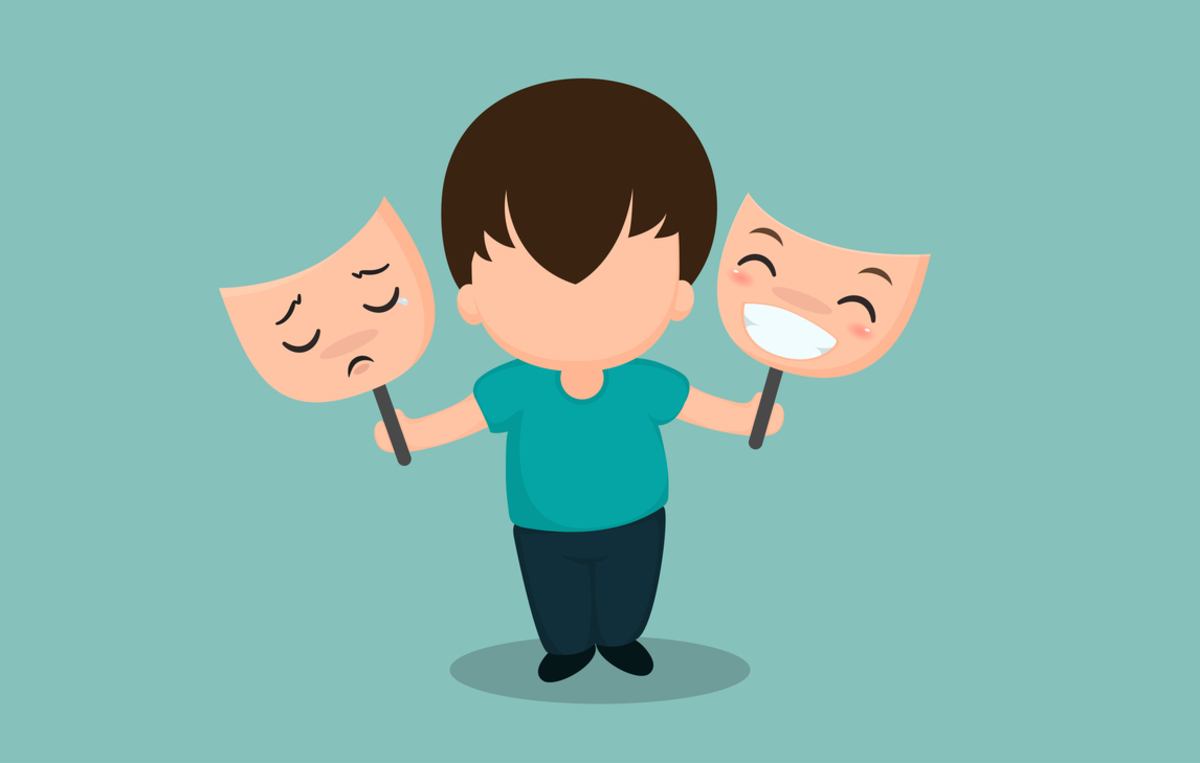Bipolar disorder, called manic-depression in the past, is a disorder characterized by shifts in a person’s mood, energy levels, and their entire lifestyle and behavior. Someone who suffers from bipolar disorder will often have their ups and downs, with symptoms ranging from extreme exhilaration to severe depression, with each stage lasting for at least four consecutive days to even months before the switch, according to Diagnostic and Statistical Manual of Mental Disorders, 5th edition (DSM-5).

The most common signs of hypomania
Bipolar disorder comes with two different extremes — hypomanic or manic and depressive episodes, with normal moods between the two. During an exhilarating episode, a person often feels energized, full of life, full of potential, experiences thoughts of grandeur, and indulges in things that most healthy people wouldn’t, most commonly alcohol, drugs, unprotected sex, gambling, and other risky behaviors.
Hypomania is a milder form of mania and the most common signs include:
- Feelings of happiness and euphoria
- Feeling energized
- Talking fast
- Friendliness towards all people
- Racing thoughts
- Feeling confident and self-important
- Feeling attractive
- Increased libido
- Having a lot of ideas
- Feeling irritable or angry
- Inability to control one’s behavior
- Not eating and sleeping enough
Signs and symptoms of manic behavior
Mania comes with symptoms similar to hypomania, only more intense. For example, if a hypomanic person feels energized and talkative, a manic person might ramble a lot and so fast that other people barely understand. Mania is far riskier and more troublesome than hypomania.
Other common symptoms of mania include:
- Feeling superior to others (grandiosity)
- Being easily distracted
- Delusion that they have some special powers
- Feeling like a deity
- Detachment from reality – not understanding that their behavior isn’t right
- Dramatic sexual behavior
- Drug abuse
- Alcoholism
- Gambling sprees
- Psychosis – seeing or hearing thing that aren’t there. Psychosis is a common symptom of various mental disorders, but it’s often misinterpreted as a disease rather than an experience.
If you’re wondering whether your sudden risk-taking behavior — or a loved one's — is just a sign of a lively personality, or it might be a mental health issue, it’s probably the second one.
Symptoms of a depressive episode
Mild hypomania is often followed by severe depression. The most common signs of this part of bipolar disorder are:
- Sadness
- Anxiety and restlessness
- Difficulties concentrating
- Troubles with sleep – getting none or too much
- Losing interest in things that a person once liked
- Feeling unworthy
- Sense of doom
- Becoming forgetful
- Decreased libido
- A lack of will to complete basic tasks
- Suicidal thoughts
Why is it often so hard to spot bipolar disorder?
If you often do things that you’re later not proud of, you might be doing them during your manic episode. A lot of people don’t even know what’s happening to them because hypomania – and sometimes even mania – can be pleasurable. There are testimonies from people of various ages and races on how they knew something was off in their behavior, but they felt so good and “at the top of the world” to even consider seeking treatment.
Bipolar disorder is a lifelong illness that requires treatment and never goes away on its own. It is a common factor in family issues, job loss, low grades, etc, but treating the disease with medications or psychotherapy mostly provides relief and better quality of life.
Did you search for bipolar disorder and stumbled upon this article? Do you recognize yourself among the symptoms of bipolar disorder mentioned above? We can’t answer whether you indeed have the disorder, but if you suspect you do, then please pay your physician a visit.
- Photo courtesy of SteadyHealth


Your thoughts on this